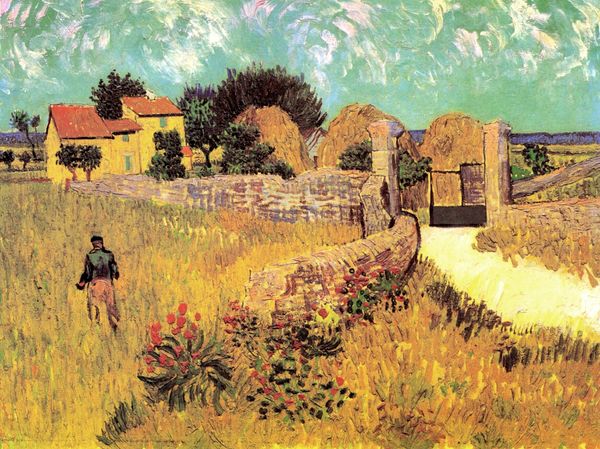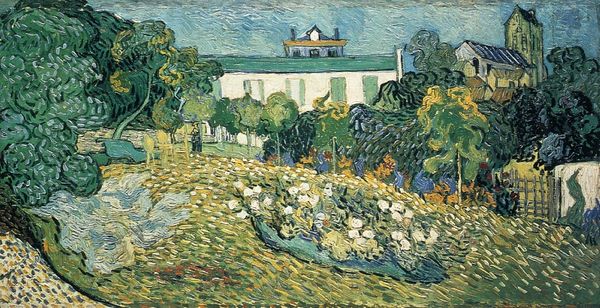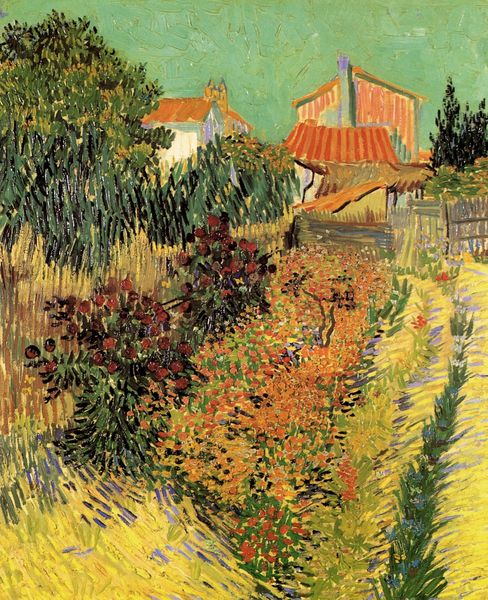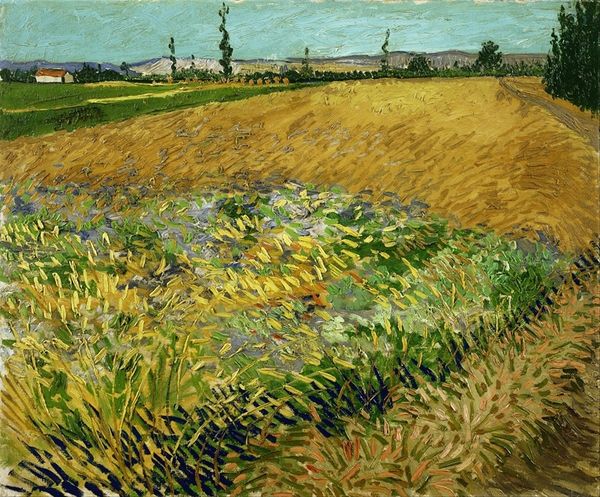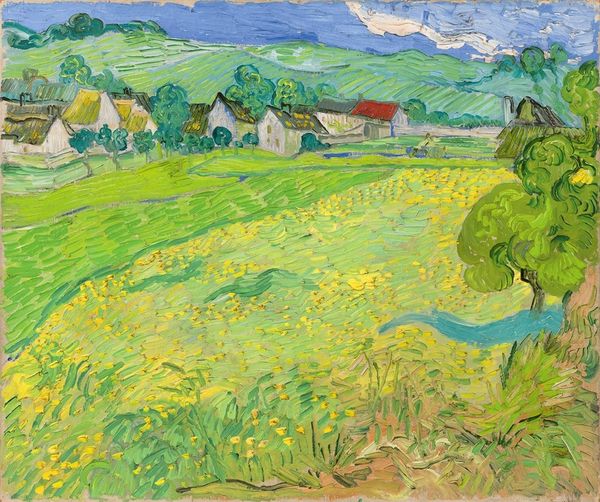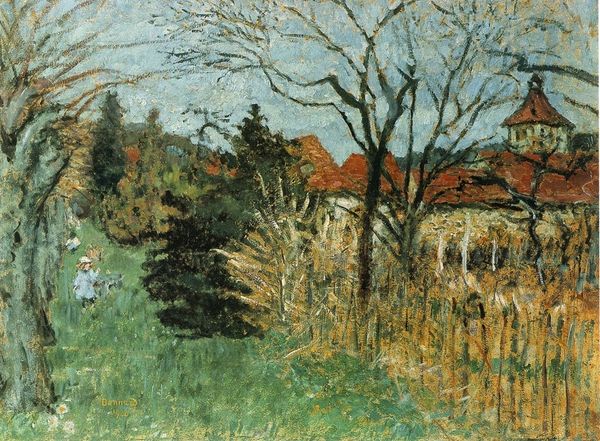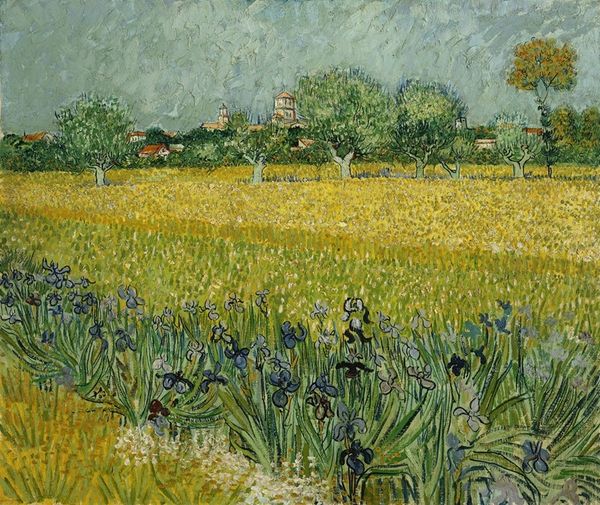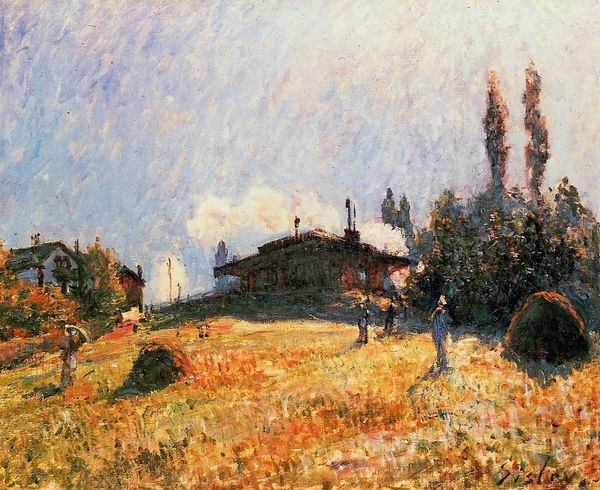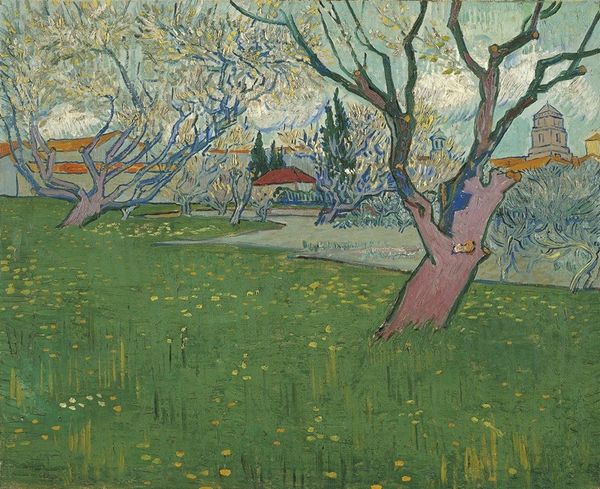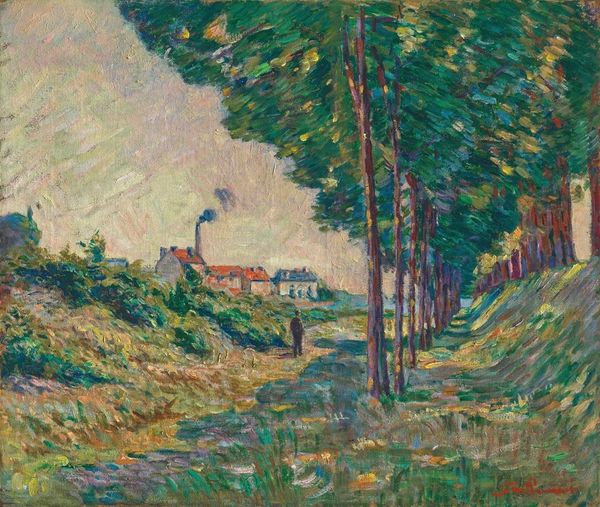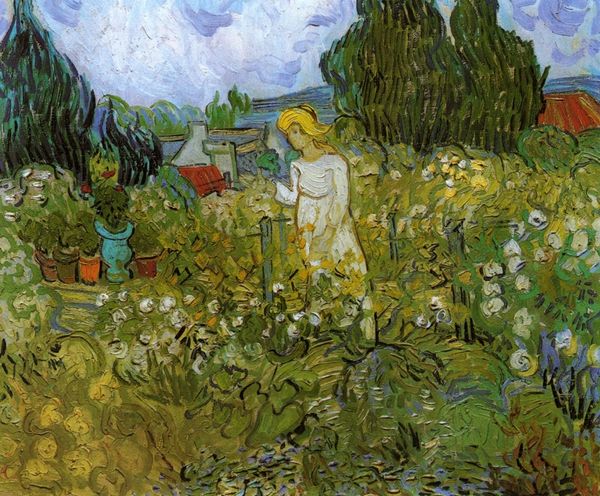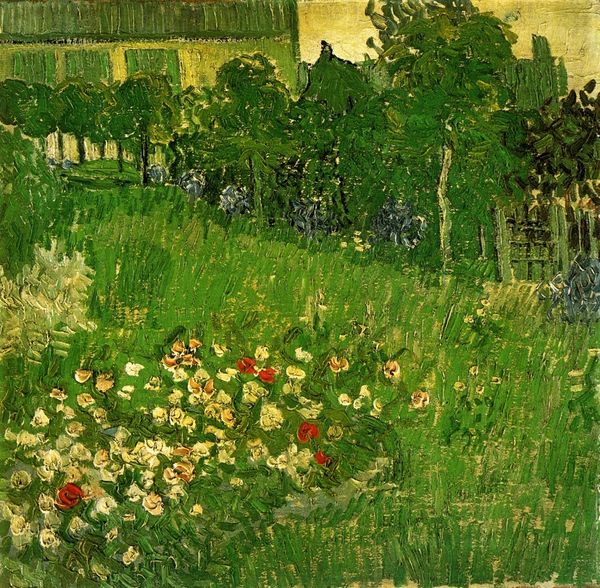
Copyright: Public Domain: Artvee
Vincent van Gogh created 'Farmhouse in Provence' using oil paint on canvas, materials that have become synonymous with artistic expression. But consider how the materiality of paint itself contributes to the artwork's essence. Van Gogh applied thick, deliberate brushstrokes, building up layers of pigment that give the surface texture and depth, a tactile quality. You can almost feel the weight of the paint, the energy of its application. This wasn't just about representation, it was about the physical act of painting, with each stroke a record of the artist's engagement with the world. Moreover, the choice of subject is significant. Farmhouses and laborers were common in 19th-century art, reflecting a growing interest in rural life. Van Gogh’s focus on the everyday connects art to broader social realities. He elevates these scenes through his expressive technique, and reminds us that the material world is always charged with meaning.
Comments
No comments
Be the first to comment and join the conversation on the ultimate creative platform.
